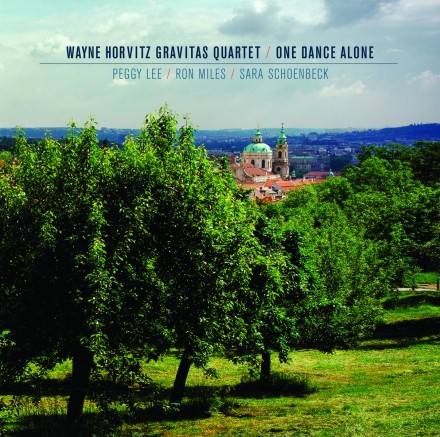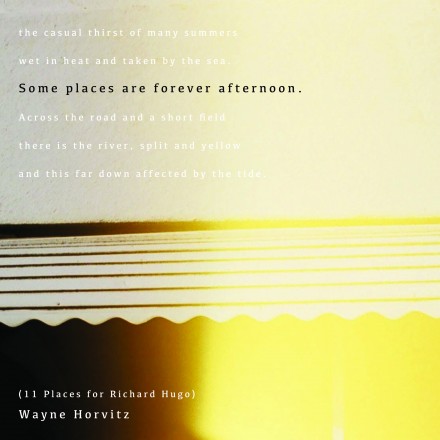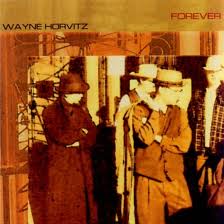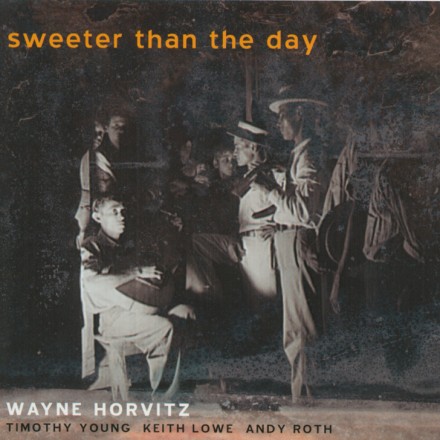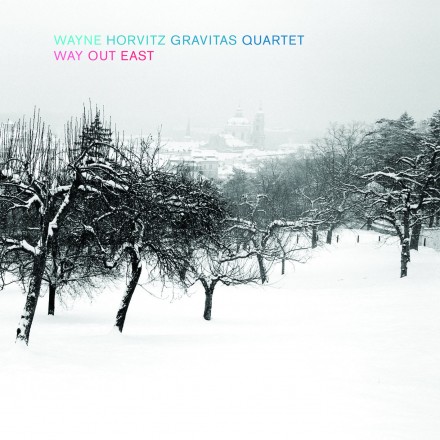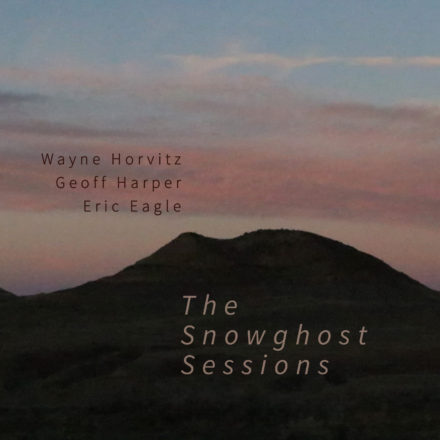Wayne Horvitz Gravitas Quartet
One Dance Alone
SGL SA1571-2Since releasing their first record Way Out East in 2006, Wayne Horvitz’s Gravitas Quartet has been performing in concert halls in the US and Europe and building on their strengths. As Wayne comments, “We’re more ‘off the page’ and I think everyone now really has a sense of being a band instead of a ‘project.'”
Some of the new compositions sound even more like classical chamber music, but as before, improvisation plays a major role, and there’s a lot of synergy in the way the music comes together: “The compositions are so open, and the band is so flexible….” The performances are classical in their precision, jazzy in their mutable blends and their grasp of expressive possibilities. Wayne’s writing is as emotionally resonant as ever, and in bringing the music to life the band spins webs of musical relationships. Ron Miles’ cornet glances back in the direction of New Orleans and early Ellington, while Peggy Lee’s cello free associates Bach, Beethoven, Bartok, and beyond. Sara Schoenbeck’s bassoon provides wittily baroque counterpoint or contemplative melodic lead according to the circumstances, while the piano’s runs, motifs and clusters suggest links to impressionism, and occasionally to atonality. In other pieces different sets of connections take shape.
How to label this music is a marketing dilemma. Calling it jazz means that most people who follow contemporary classical or post-rock may never hear about it, which would be a shame. If it’s the Third Stream of today, it holds within its sights the new thing, free improv, and indeed everything else that happened in jazz, popular and ‘art’ music in the twentieth century (and the 21st, given their cover here of Elliott Smith’s “A Fond Farewell”). Horvitz comments that combining jazz and classical elements is in fact “a fairly obvious process, and it’s one with a long history. The instrumentation lends itself to writing without regard to a ‘rhythm section’ mentality, and it encourages certain ambitions and desires I have as a composer. At the same time the references to so-called jazz and blues language to me are simply due to the fact of being an American composer. Blues was the first music to really move and inspire me. As my friend Philip Johnston once said to me, ‘You know how you are listening to a record of Japanese koto music and for a moment it sounds like John Lee Hooker?’ I would say the same thing about a Bartok string quartet.” When asked whether he feels more of a responsibility to the past or to the future in his work, he replies, “That’s an interesting question. I guess when all is said and done I feel a much stronger pull to the past. And as much as I’ve been interested in and inspired by innovative, experimental and so-called avant-garde music, I would have to say that the best of that music has always been the result of some kind of deep integration of what has come before with a new vision of what can be. It seems to me that’s true in Bach’s music, Schoenberg’s, Roscoe Mitchell’s, Public Enemy and even Muddy Waters.” It’s certainly true in his own.
